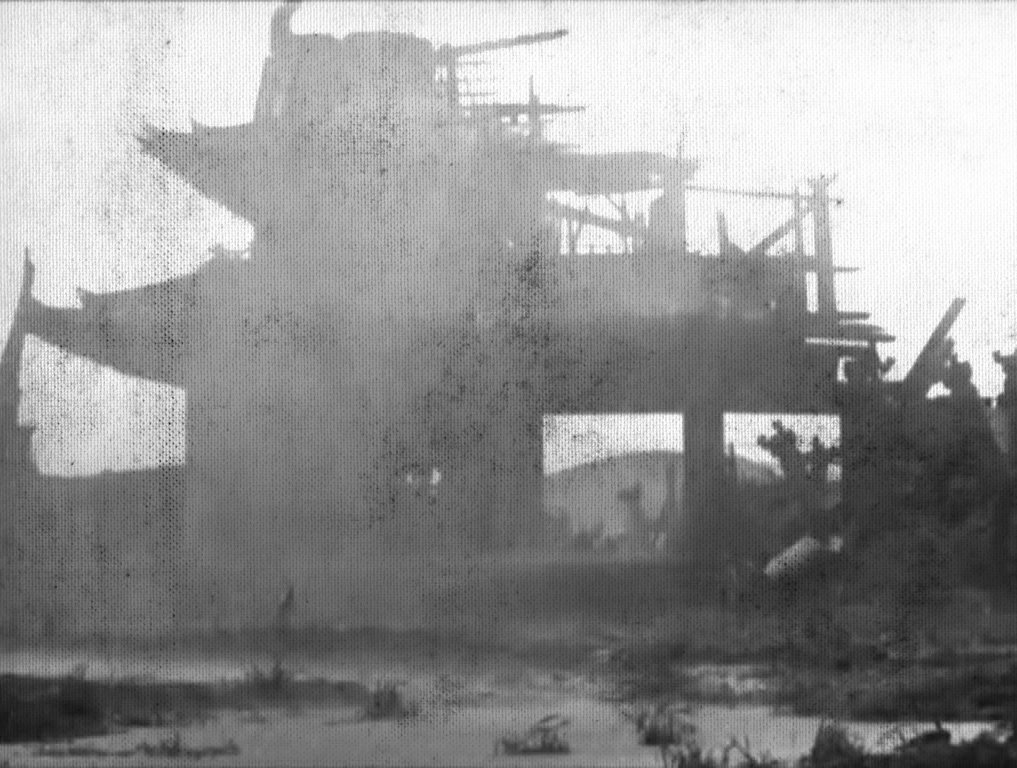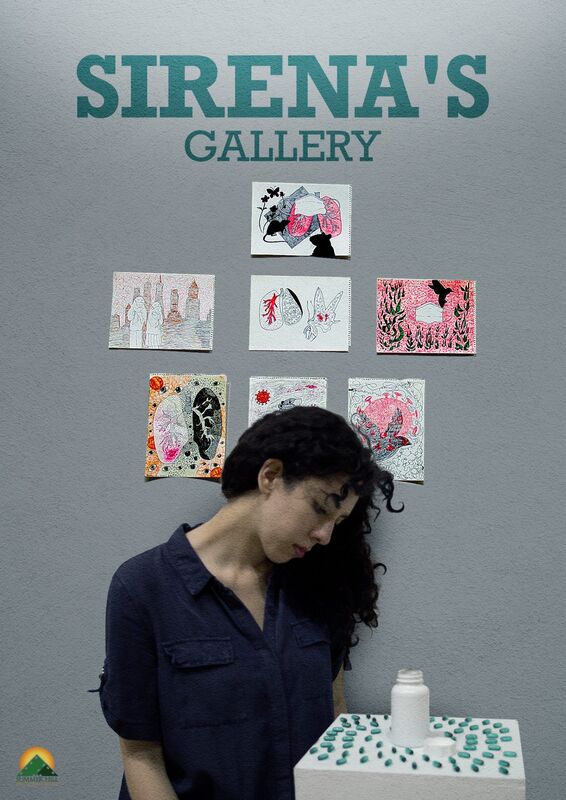|
The Breadcrumbs widget will appear here on the published site.
Fishy Narrators in this Samurai TalePerspective is a funny thing. The way a person views the world can be shaped by numerous factors in their* life, from something grand like their childhood to something simple like their emotional state in a given moment. At the same time, perspective is something that can be heavily colored by hindsight. A person may wish they were the victim in an event or imagine a person as being worse than they actually were. Perspective can color scenes in a certain way, and in some cases, completely obscure the truth. Because of this, perspective is something that carries over to fictional media and creates interesting tales. There's the trope of the unreliable narrator, where the person telling the tale is unable to divulge the complete truth of the story for numerous reasons. This can be because they don't want to acknowledge parts of the story, because they misunderstand part of it, or because their character prevents them from having an objective view on the subject. It's something that comes up in popular pieces of fiction like The Catcher in the Rye and Wuthering Heights. In Akira Kurosawa's Rashomon, the story is told almost entirely by unreliable narrators at work. Based on two stories by writer Ryunosuke Akutagawa, Rashomon is a story that is all about perspective and how the person telling the story can easily be a liar or mislead. The film takes place after a troubling incident. In 11th century Japan, a samurai (Masayuki Mori) has been murdered and his wife (Machiko Kyo) was raped. The story is being told to a commoner (Kichijiro Ueda) by a priest who saw the couple that day (Minoru Chiaki) and a woodcutter (Takashi Shimura) who discovered the dead samurai. The film has the priest and the woodcutter recount the trial. At the trial, a bandit named Tajomaru (Toshiro Mifune) confesses to the crime, while the wife gives a different version of the events. A medium (Fumiko Honma) is brought in to communicate with the dead samurai and get his perspective on the matter. After these stories are told, the woodcutter reveals the truth about what he saw, revealing that there was more to the tale than initially believed. In each of the four tales, the characters are portrayed much differently, and each story colors the characters in a different way. Tajomaru's tale portrays the woman as tenacious and ultimately wooed by his affections, while he and the samurai have an honorable sword fight that results in his death. The woman's tale portrays her as a victim who was driven to kill her husband in shame for her betrayal. The samurai's tale paints his wife as villainous and makes his death a suicide from guilt and makes Tajomaru a coward. The woodcutter's tale shows the woman as shameful and both men as weak willed, men who have a less than graceful sword duel that Tajomaru only wins from luck. What's so fascinating about Rashomon is how uncertain each story is. Each person telling the story has a reason for telling their story in a particular way. Even the woodcutter, who should have the least amount of reasons to lie about the event, finds a way to blur the truth. However, what remains the same is that each person is most concerned with how they can escape the situation with their reputation and dignity in tact. Tajomaru wants to keep his reputation as a dangerous thief alive, the woman wants to remain dutiful to her husband, the samurai wants to ensure Tajomaru and his wife receive punishment, and the woodcutter wants to avoid as much trouble as possible, yet still come out ahead of the situation. Rashomon also makes things interesting because it never really makes any one character purely the villain and no character is truly the hero. It paints them all as human, showing how they're all trying to survive in these difficult times. Tajomaru and the woodcutter are both impoverished men, and both resort to less than honorable methods to stay alive. The samurai and his wife are both bound to codes of ethics for their time and suffer for falling outside of those lines. Even the commoner and the priest both try to find grounding in the world. The film's frame story puts the characters in the ruins of the Rashomon gate, with the three men trying to stay dry during a heavy rain storm. The commoner sees this event as a fascinating tale, but he shows no real concern for anything that goes on. He even takes apart parts of the gate in order to build a fire, then robs a bundle from an abandoned infant. The priest, while trying to remain devout, is shaken by this event. He has trouble finding reason behind the event or why anyone in this film does what they did. To him, the ruined gate and heavy rain are just signs of how the world is falling apart before his eyes. Rashomon is a film that's considered a lot more popular in America than Japan, where it's considered one of Kurosawa's weaker films. While Kurosawa does have several films under his name that are a lot more impressive on a visual and storytelling level than Rashomon (films like Seven Samurai, Kagemusha, and Ran), this film is one that is impressive precisely for its story. Western audiences are fond of tales with multiple points of view and unique approaches to storytelling. In Rashomon, we never do learn the truth of the incident in the grove, nor do we find out the result of the trial, but we don't need to. It becomes clear that the real story of this movie is the stories these people are telling. These people all have a story to tell, and although their accounts don't match, they are specifically the stories of these people and how they viewed the incident and the world around them. Because of that, Rashomon becomes a film about more than just a mystery. It becomes a movie that analyzes just how a single event can cause so much misery and grief, all while causing people to react differently to what happened. There's no truth in Rashomon, but it exists somewhere in the grove. *Editor's Note: Though the subject-verb agreement here is not grammatically correct, it is politically correct. Deal with it. #FilmReview #Film #Rashomon #AkiraKurosawa #JapaneseCinema #Japan #Perspective
CommentsComments are closed.
|
|








